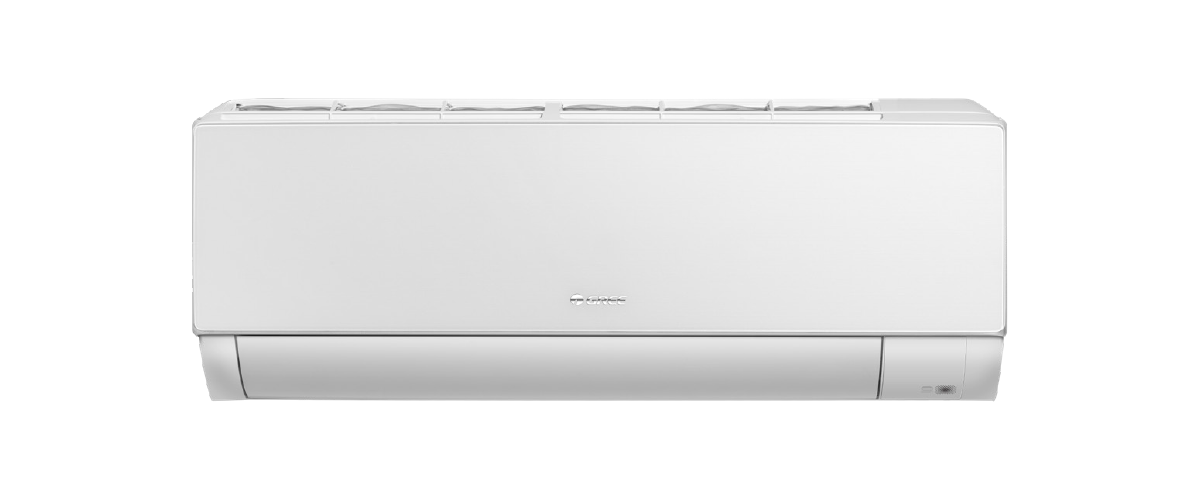Innovative Air Source Heat Pump Solutions for Modern Homes
Innovative Air Source Heat Pump Solutions for Modern Homes
Blog Article
The Science Behind Air Source Heat Pumps
In regards to energy-efficient and eco-friendly heat alternatives, air source temperature pumps (ASHPs) stick out as a well known choice for homeowners and organizations alike. But with improved interest bordering sustainability and clean energy, understanding how air supply temperature sends function and their benefits is essential for creating an educated decision. This short article will offer as your final guide to demystifying Air source heat pump (Luftvärmepump) and discovering how they give an impressive solution to contemporary heat needs.

What Is definitely an Air Resource Temperature Push?
An air supply heat pump is really a heating and chilling process that extracts heat from the outside air and transfers it inside to effectively control the temperature of a building. Unlike traditional heating techniques that depend on using fuel, ASHPs use electricity to move heat, making them an even more sustainable and cost-effective option.
You will find two main types of air supply heat pumps:
1. Air-to-Air Temperature Pushes: These move heat to the air inside your house or creating, working similarly to a main-stream HVAC system but with higher efficiency.
2. Air-to-Water Heat Pushes: These systems heat water that can then be used in radiators, underfloor heat systems, and for domestic hot water.
How Do Air Resource Heat Pushes Perform?
Air resource heat pumps perform on a simple yet ingenious concept. They extract heat from the outdoor air, even in colder conditions, using a compressor and a refrigerant system. Here is a fast break down of the process:
1. Heat Absorption: The machine absorbs heat from the air outside.
2. Compression: Heat is then squeezed utilizing a refrigerant, increasing its temperature.
3. Heat Move: This temperature is shifted to the making to warm the home or water.
4. Recycling: The refrigerant cycles back to replicate the process.
ASHPs also can opposite this method in warmer months, working as an air conditioner by moving heat from inside to the surface air.
Why Select Air Supply Heat Sends?
The rising popularity of air resource heat pushes may be attributed with their numerous advantages over traditional techniques:
• Energy Efficiency: ASHPs use electricity to transfer heat as opposed to make it, reducing energy consumption.
• Eco-Friendly Heating: By leveraging green heat from the air, ASHPs decrease carbon emissions significantly.
• Cost Savings: While the initial expense may be higher, paid off energy expenses produce ASHPs a cost-effective solution in the extended term.
• Flexibility: Whether you're needing heat, cooling, or heated water, air supply heat sends give multi-functionality in one system.
• Little Preservation: These techniques were created for low preservation, typically requiring only an annual check-up.
Are Air Supply Heat Pumps Correct for You?

Air supply heat pushes are most reliable in covered domiciles and in climates wherever temperatures do not regularly drop acutely low. If you're considering one, here are a few facets to consider:
• Recent Heat Program: Retrofitting a temperature pump in to a current program might need additional updates, such as greater insulation or appropriate temperature emitters.
• Outdoor Place: ASHPs need place about them allowing unrestricted airflow.
• Transparent Expenses: While the purchase and installation prices may seem high, government incentives and long-term savings often offset that original investment.
Final Thoughts
Air resource heat sends signify a step of progress in sustainable heat and power efficiency. Using their power to lessen carbon emissions and offer trusted ease year-round, they're a compelling selection for anyone looking to arrange with cleaner energy solutions. By understanding how these techniques work, you'll be well-positioned to decide if they're the proper fit for your property or business.
Report this page